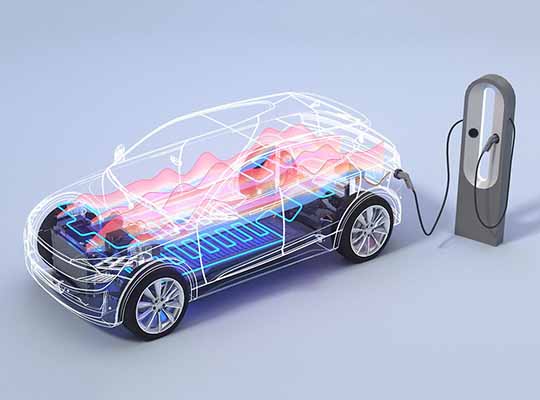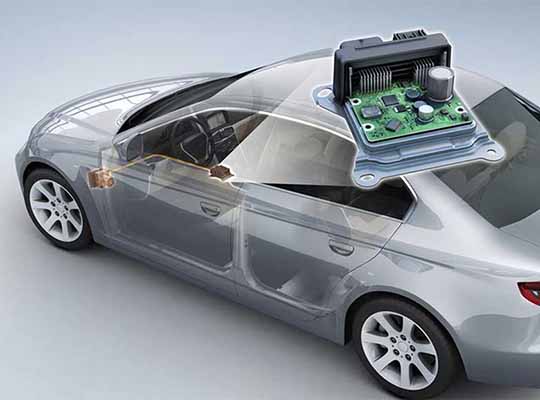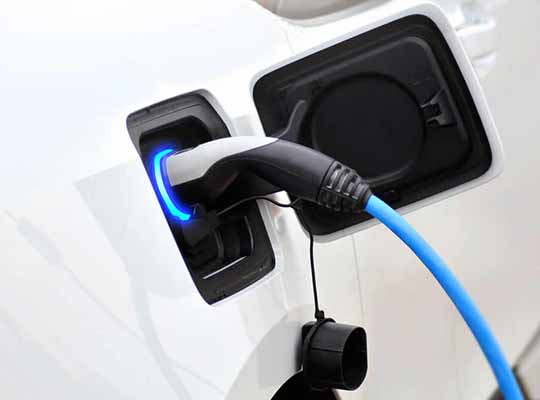According to a recent analysis by Emergen Research, the global market for electric vehicle batteries is anticipated to reach USD 46.80 billion by 2027. The growing demand for alternative energy sources is a key driver of growth.
Electricity generating effectively lowers harmful pollutants like carbon dioxide emissions. As a result, the development of electric vehicle batteries will be crucial in addressing environmental problems and advancing the use of renewable energy sources. New opportunities for up-and-coming players are anticipated to result from ongoing product and technological advancements.

Utilizing electric vehicle batteries will lessen dependency on fossil fuels including coal, natural gas, and petrochemicals. Fuel combustion is reduced thanks to the electrochemical energy generating technique used by electric car batteries.
Driver: Growing interest in electric cars
As environmental concerns about conventional cars continue to mount, governments all over the world are supporting the use of alternative fuel vehicles. EVs, or electric vehicles, are zero-emission vehicles that are gaining worldwide popularity for environmentally beneficial public transit. Several national governments offer financial incentives to encourage the use of EVS, including tax exemptions and refunds, subsidies, reduced parking/toll charges for EVs, and free charging.
Restrictions: Battery safety worries concerns about raw materials procurement
The majority of cobalt extraction plants are in China and the Congo. Together, the two nations extract between 70 and 80 percent of the world’s cobalt mined. This raises the possibility of a cobalt supply disruption in the event of any unpredictability in these nations.
Of all the battery raw materials, cobalt now poses the most procurement risks. This is because of the anticipated dynamic increase in demand and any ensuing supply limitations.
Introducing the battery-as-a-service model presents an opportunity (BaaS)
Businesses are developing business models that enable consumers to change or exchange EV batteries once they have been depleted, such as battery swapping and battery-as-a-service (BaaS). This reduces user time spent on battery recharging, increasing customer happiness and removing one of the key barriers preventing consumers from choosing EVs.
High cost of electric vehicles in comparison to ICE is a problem.
The high cost of EV production has been a significant barrier to their broad acceptance. The entire cost of buying electric hatchbacks, crossovers, or SUVs is likely to decrease to reach the levels of ICE vehicles due to the anticipated decline in battery prices and decreased R&D expenses, which will increase demand for EVs. Due to the high cost of the rechargeable lithium-ion batteries needed for these vehicles, the cost of EVs is much higher than that of ICE vehicles.
Key Highlights From The Report
- In the forecast period, the lithium-ion battery segment is expected to dominate the market. Technological progress, which has led to a dramatic rise in the lithium-ion battery market’s energy density even while reducing the overall cost of lithium-ion batteries, has allowed EV adoption to increase.
- The major potential for market expansion identified in the near future is expected to be provided by the capable government policies and expenditure for expanding the public charging system, coupled with the increased efficacy of the electric vehicle.
- The majority share in the passenger vehicle segment is primarily due to the high Electric Vehicle penetration in the sector.
- Due to the growing demand for battery-powered buses and lightweight trucks, the commercial segment is expected to grow continuously over the predicted span.
- Asia-Pacific is the fastest-growing section due to the Chinese government’s supportive policies and China’s growth as the world’s hub for EV batteries.
Key players in the market include A123 Systems, East Penn Manufacturing Company, LLC, BYD Co. Ltd., EnerSys, GS Yuasa Corporation, Hitachi, Ltd., Exide Technologies, Johnson Controls, LG Chem Ltd., and Duracell, among others.













